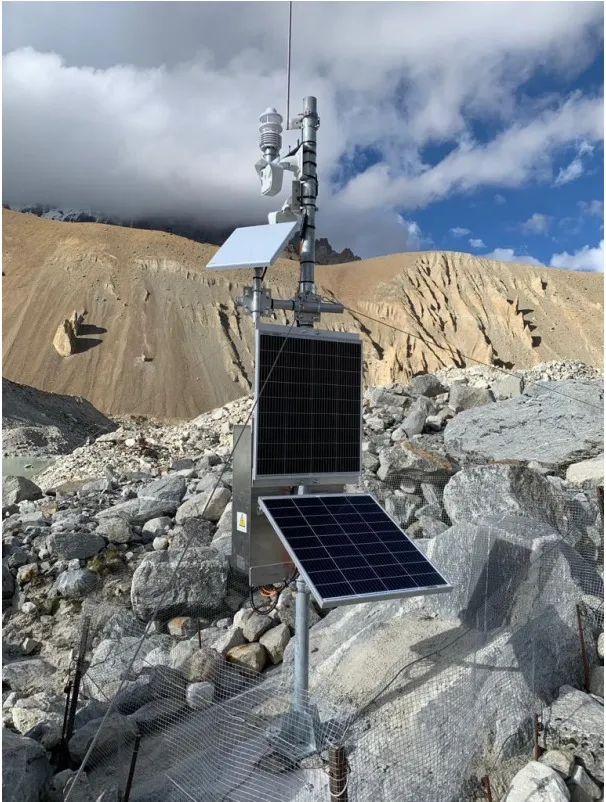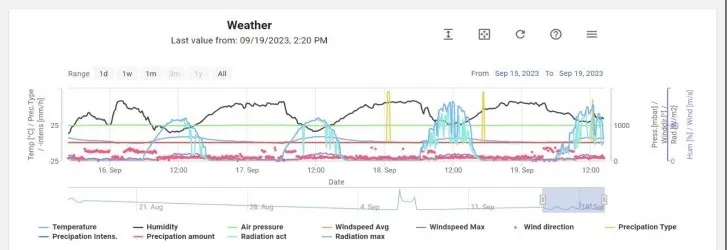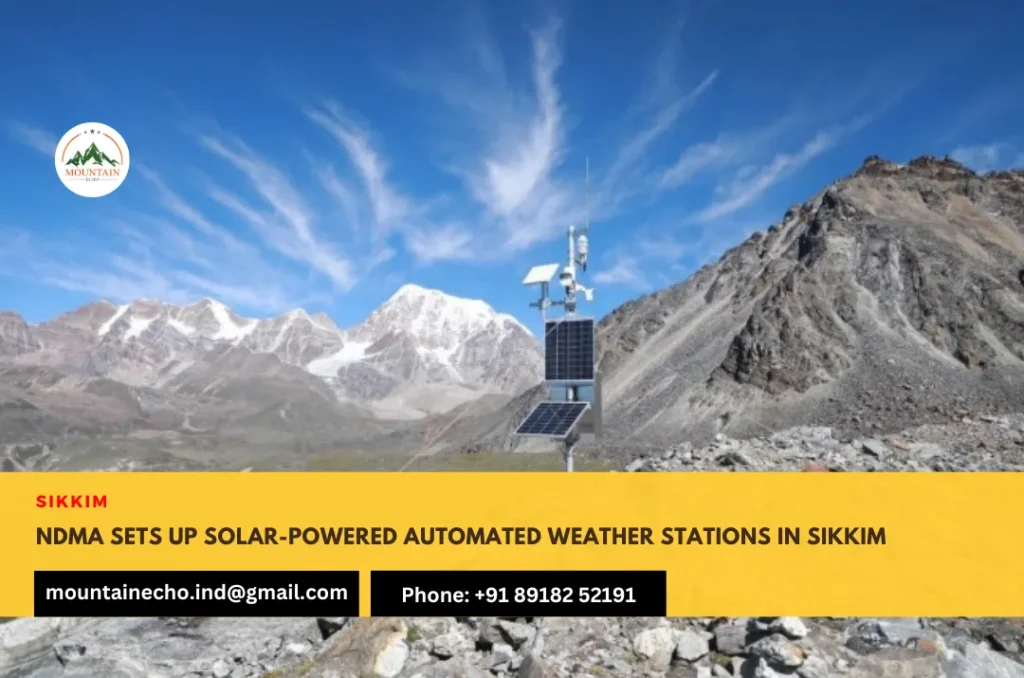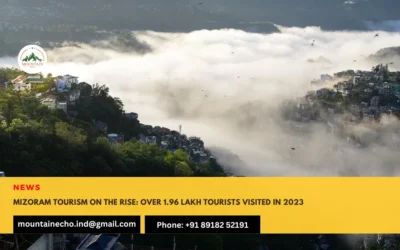NDMA sets up solar-powered Automated Weather Stations at risky glacial lakes in Sikkim
Two expeditions, led by NDMA (The National Disaster Management Authority), journeyed to two risky glacial lakes in Sikkim, South Lhonak and Shako Cho, which are located at high altitudes of around 15,000 to 16,000 feet between September 6 and September 18, 2023.
Mountain Echo is now on WhatsApp Channel. Please join us there.
On September 16, they set up two solar-powered Automated Weather Stations (AWS) with twin cameras. Because of the remote and challenging conditions, extensive preparations were required to ensure the safety and proper functioning of the Automated Weather Stations.

Automated Weather Stations (AWS) are advanced meteorological systems that autonomously measure and transmit real-time weather data. They ensure high data accuracy, which is vital for applications like weather forecasting and decision-making. These stations are designed for remote deployment in diverse environments, providing versatility in monitoring a wide range of meteorological parameters.
They are often part of a distributed network, strategically placed to cover large geographical areas. These stations play a crucial role in weather monitoring, climate research, and various industries reliant on accurate, timely weather information for operational planning and safety.

The expeditions led by NDMA is a mission to get ready for future work. It helps in finding the right spots for the AWS and also identify potential locations to set up sensors for an Early Warning System (EWS) during the next expedition. They also suggested ways to reduce risks.
Every day, one set of camera images and more than 250 weather observations were received. Unfortunately, the Automated Weather Stations at South Lhonak stopped working after September 19. Even though a team from ITBP checked it on September 28 and found it physically stable, they couldn’t get it working again. The equipment at Shako Cho is still sending data every day.
The goal of this program is to reduce the risk of Glacial Lake Outburst Floods (GLOF) and expand it to other high-risk glacial lakes in India.
The agencies involved in this project are NDMA, the Government of Sikkim, the Indian Army, ITBP, CWC, GSI, NCPOR, NRSC, ISRO, DGRE, CDAC, SOI, and SDC.



